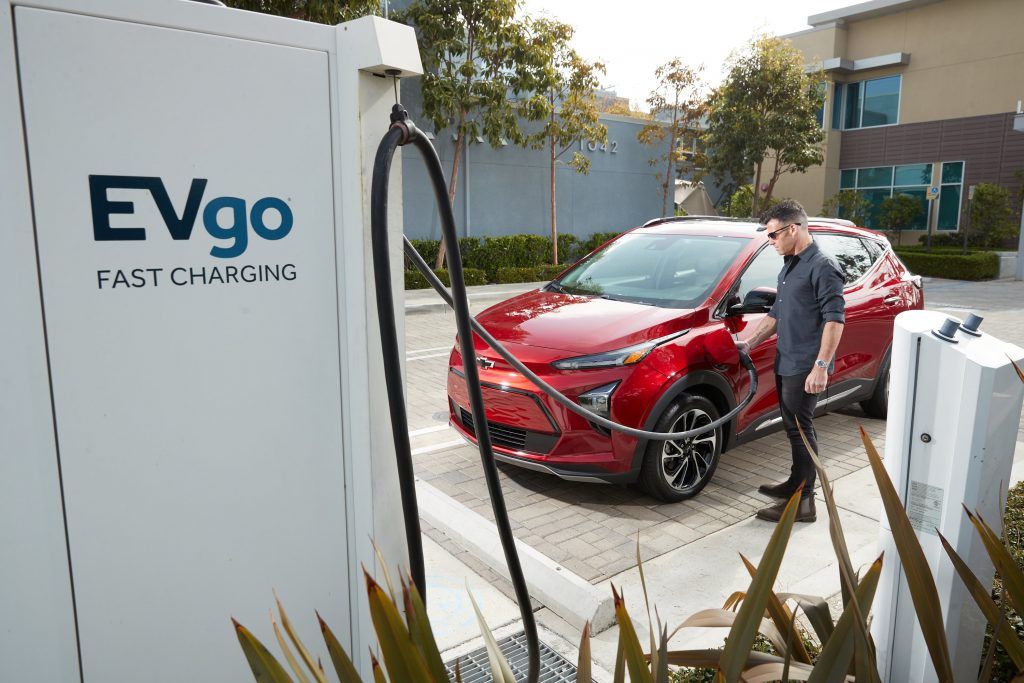Germany, the United States and South Korea were the world’s leading importers of lithium-ion batteries in 2023.
According to the World Trade Organization (WTO), German imports of this product grew at a year-on-year rate of 58% in 2023, to $22,805 million.
In second place, U.S. imports were $18,750 million dollars, 35% more than in 2022.
Third, South Korean foreign purchases were $8.466 billion, up 49%.
Aqua Metals expects global demand for these products to soar over the next decade, with the amount of GWh required rising from around 700 GWh in 2022 to around 4.7 TWh in 2030.
Lithium-ion batteries
Batteries for mobility applications, such as electric vehicles, will account for the largest share of demand in 2030: around 4,300 GWh; a trend that is not surprising considering that mobility is growing rapidly.
To illustrate: lithium ions refer to lithium atoms that have lost one or more electrons, thus acquiring a positive charge.
An OECD study highlighted the importance of reuse and recycling to meet the growing demand for raw materials used in lithium-ion batteries while avoiding the health and environmental hazards posed by battery waste.
Electromobility
According to the same document, policies affecting commercial flows of lithium-ion batteries include: divergent waste definitions and related regulations on transport, traceability and border control procedures; special rules of origin for recovered materials; the adoption of harmonized standards for battery design while preserving innovation; labels and traceability.
Circularity of this product could be promoted by harmonized safety regulations for transport and storage.
Also with border procedures, such as prior consent mechanisms, risk assessment and digitized prior informed consent procedures; government incentives; and extended producer responsibility.


